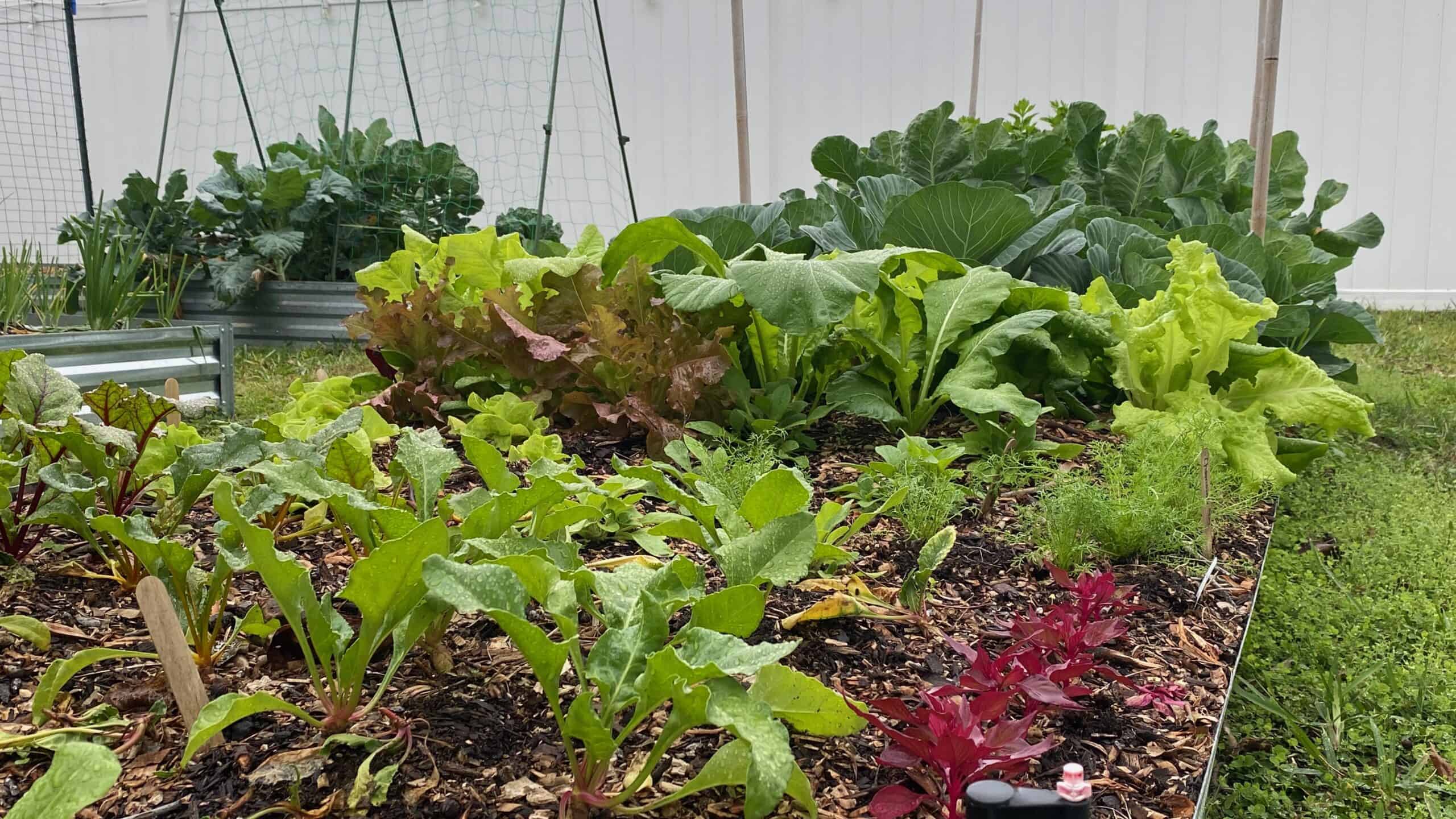Last Updated on January 19, 2024 by Homegrown Florida
Are you a brand new gardener in Florida, or perhaps a transplant from up North trying to navigate the unique challenges of gardening in the Sunshine State? In this post, I’ll share five essential tips to help you successfully grow your garden in Florida’s distinctive environment.
Tip 1: Understanding Florida Seasons
Florida seasons are unlike anywhere else, and understanding them is crucial for successful gardening. While many might claim that Florida lacks seasons, they do exist, just on a different schedule. From winter to summer, each season brings specific challenges and opportunities for your garden. Pay attention to the signs from your fruit trees and plants to know when to plant your crops.
- Winter: Mild temperatures, drought season, perfect for cool-season crops.
- Spring: Warmer temperatures, blooming fruit trees indicate the start, ideal for warm-season crops.
- Summer: Hot temperatures, bug season, focus on tropical and heat-loving plants.
- Fall: Similar to spring, look for indicators like blooming Roselle for planting cues.

Tip 2: Choosing the Right Seeds
Selecting the right seeds for your Florida garden is crucial. Opt for varieties that thrive in the heat, humidity, and bug-prone environment. Local sources like Urban Harvest and FLGardening.com provide suitable options. Keep an eye out for seed packet information like origin, heat tolerance, humidity resistance, disease resistance, and fast maturity.
Tip 3: Managing Bugs in Your Garden
Florida bugs are a force to be reckoned with, especially during the summer bug season. Combat pests by strategically growing companion plants such as onions, garlic, leeks, and herbs. Keep your garden neat, avoiding dead plant material, and embrace companion planting to naturally reduce pest pressure. Consider allowing beneficial insects to establish themselves instead of relying on pesticides.
Tip 4: Disease Prevention
Disease prevention is crucial in Florida’s humid climate. Use a peroxide water spray (10 tablespoons of peroxide per gallon) as a preventive measure against fungal diseases. Clip affected leaves promptly, practice succession planting, and keep beds clean. Be prepared to treat diseases, but prioritize prevention to maintain a healthy garden.
Tip 5: Addressing Florida’s Sandy Soil
The unique sandy soil in Florida requires special attention. While it drains well, it lacks essential nutrients for traditional crops. Enhance your soil by incorporating organic materials like wood chips, compost, grass clippings, and plant debris. Utilize amendments like blood meal, bone meal, and kelp meal. Encourage earthworms through cardboard and vegetable scraps, and consider cover crops like cow peas and sunn hemp during the summer to boost soil fertility.

Thanks for joining me in exploring the top 5 tips for new Florida gardeners. Gardening in Florida may be different, but with the right knowledge and practices, it’s entirely possible to cultivate a thriving garden. Happy gardening!




